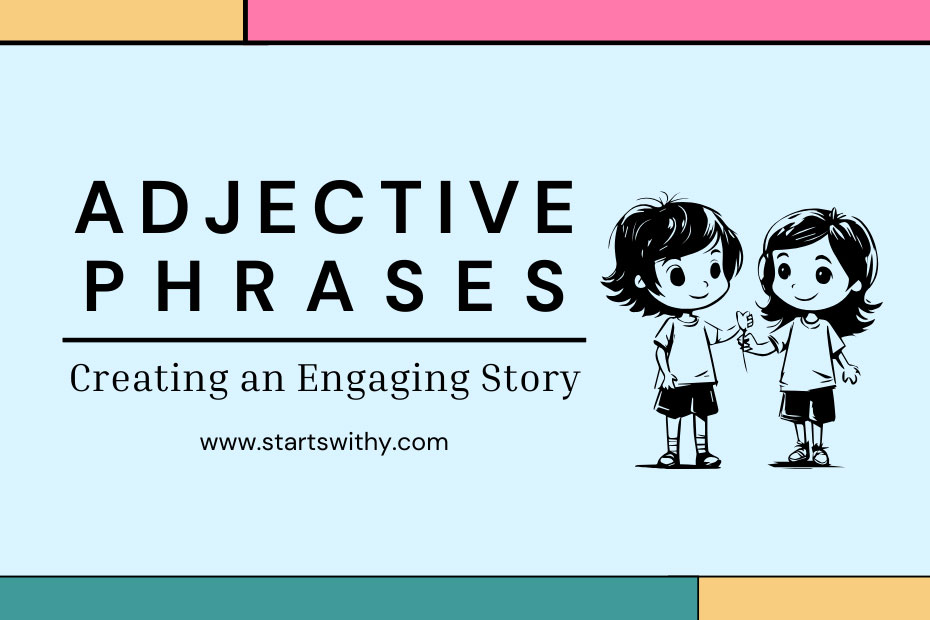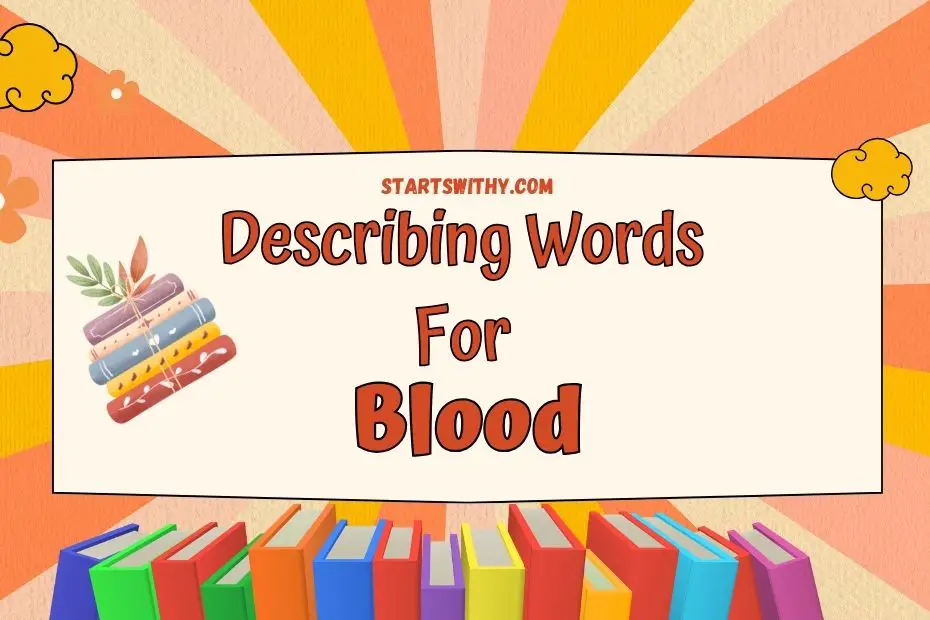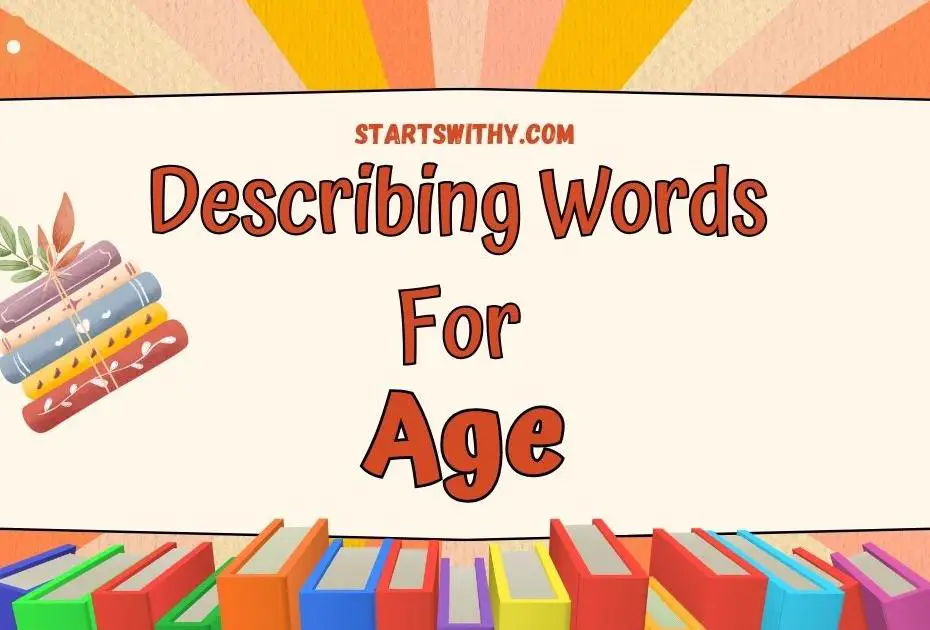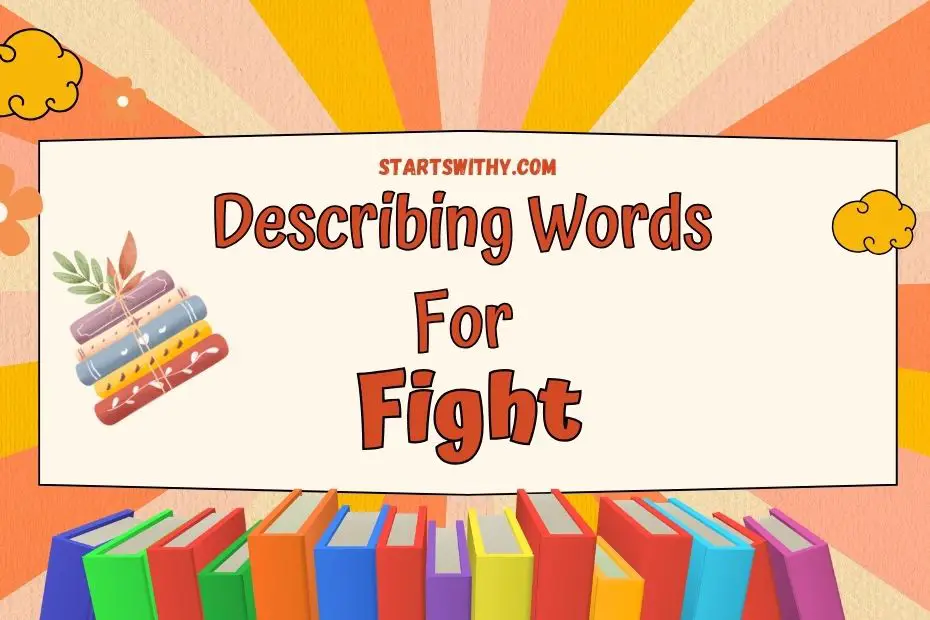Ever stumbled upon a sentence that painted a picture so vivid, you felt like you were right there? That’s the power of adjective phrases at work! They’re the unsung heroes that add flavor to our sentences, turning bland into grand.
Understanding adjective phrases is like unlocking a secret level in the game of grammar. They’re not just a string of words; they’re a tool that can transform your writing. I’ll walk you through what they are and how to wield them like a pro.
Ready to give your writing that extra edge? Let’s dive into the world of adjective phrases and discover how they can amplify your message and captivate your readers.
What are Adjective Phrases?
A question that often comes up in my writing workshops is, “What exactly are adjective phrases?” At their core, adjective phrases are groups of words that work together to qualify or describe a noun. These phrases expand on a basic thought and provide more detail to the reader, making the picture in their mind more clear and specific.
Here are some key features that I find helpful:
- They always include an adjective, which is known as the headword.
- They can have additional words like modifiers, such as “very” or “extremely,” to intensify the adjective.
- They might also contain prepositional phrases like “in distress” or “of beauty.”
What makes these phrases stand out is their versatility. They are not confined to the beginning of a sentence. Instead, they can appear before a noun, after a noun, or even separated from the noun they describe. For instance, in the sentence “The trees, tall and majestic, towered over the playground,” the phrase “tall and majestic” is an adjective phrase that describes “the trees.”
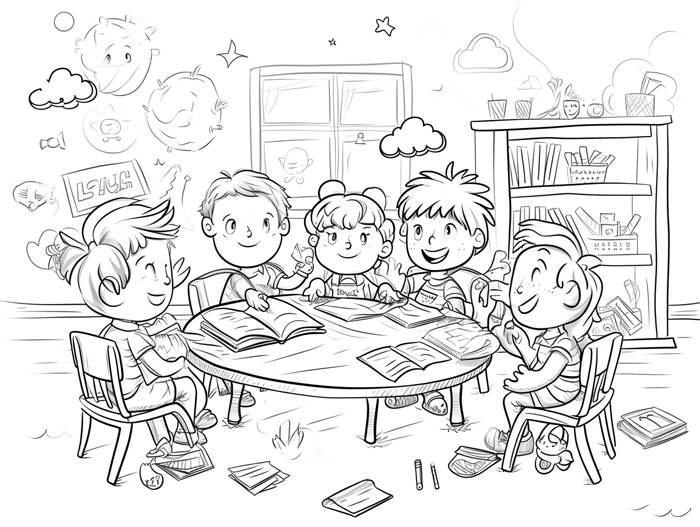
Let’s look at a comparison:
- A simple sentence: “The flowers are blue.”
- With an adjective phrase: “The flowers, a dazzling shade of blue, reminded me of the sky.”
Notice how the second sentence paints a fuller picture? That’s the power of an adjective phrase.
When teaching preschool or kindergarten students, I start with simple phrases. For example, “the big apple” or “the soft blanket.” These easy phrases give the young learners the foundation they need to grasp the basics of descriptive language.
In my experience, one of the best ways to teach children about adjective phrases is through interactive storytelling or descriptive games. These activities not only hold their attention but also encourage them to use their imagination to create their own descriptive phrases.
Incorporating Adjective Phrases
To effectively incorporate adjective phrases into writing, I suggest starting with the noun and asking what additional details could give it more life. Is there a particular quality, color, size, or emotion that could be added? Crafting sentences with this in mind helps the phrases blend seamlessly into the text.
In a classroom setting, it can be a rewarding exercise to ask the children to describe various items or pictures with adjective phrases. This interactive approach gets them thinking more deeply about the language and the endless possibilities it presents.
The Power of Adjective Phrases in Writing
When I introduce adjective phrases to preschool teachers, I always emphasize their subtle but profound impact on language development. An adjective phrase can transform a simple noun into a vivid image that sparks the imagination of young minds. It’s about painting with words, and each phrase selects just the right shade.
Picture the difference between a ‘cat’ and a ‘fluffy, spotted cat lounging in the sunny window’. The latter gives children a more concrete picture, and isn’t that what teaching language at this level is all about? It’s the details that adjective phrases provide which encourage kids to think and understand the world around them more richly.
For young learners, beginning with basic descriptive words like ‘big’ or ‘colorful’ is key. From there, it’s a matter of building that foundational vocabulary. You can start introducing phrase elements such as ‘with stripes’ or ‘made of wool,’ which are directly related to objects in their environment. Versatility is a cornerstone of adjective phrases, as they fit snugly into any context, enriching the message and capturing attention.
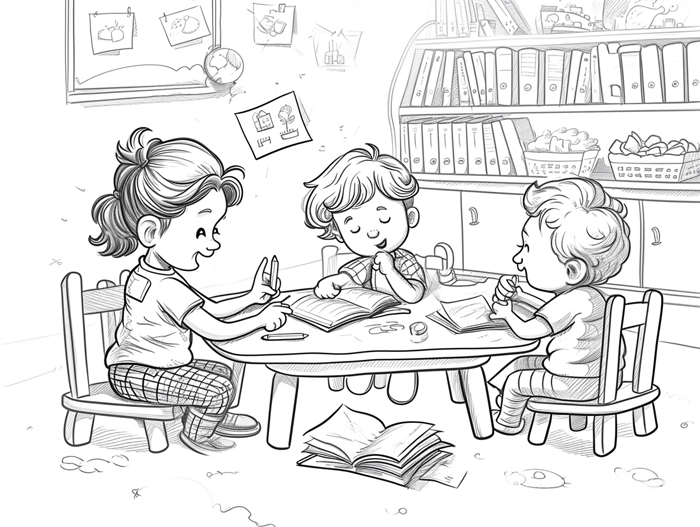
Interactive activities like describing a favorite toy using a variety of adjective phrases can be quite effective. It’s a method of teaching that feels more like play, fostering a love for language. My role as a blogger is to share these insights and strategies to help educators enhance their lessons.
Crucially, incorporating sensory words in adjective phrases can support language comprehension. Words like ‘smooth’, ‘bitter’, ‘bright’ or ‘silent’ tap into children’s sensory experiences, anchoring abstract concepts into tangible sensations. It’s beneficial for making complex ideas accessible and relatable, especially for children who learn through doing and feeling.
My aim is to provide educators with the tools they need to create engaging and descriptive narratives that provoke curiosity and understanding in children. Harnessing the power of adjective phrases in storytelling and daily interactions is a simple yet effective way to expand a child’s vocabulary and communicative abilities.
How to Construct Adjective Phrases
When I’m teaching young learners the art of creating language, I like to encourage them to play with words. Adjective phrases are a simple yet powerful tool in this process. To assemble an adjective phrase, one must select a core adjective and then expand upon it with additional information.
Here’s a basic recipe I tend to follow:
- Start with a quality adjective. Choose a word that describes a characteristic or state of being, like “happy” or “bright.”
- Add a more precise modifier. Use another descriptively rich word or a short phrase to give more detail. For example, “incredibly happy” or “bright like the sun.”
To bring this concept alive, I also engage children with relatable examples. Let’s consider the phrase “red apple.” With a little creativity, it can be turned into “the ripe red apple sitting on the glossy countertop.” This adjective phrase conjures a more vibrant and concrete image.
In addition to descriptive words, consider a prepositional phrase to add context, like “under the starry sky” or “across the muddy field.” These details anchor adjectives to a more tangible setting. When constructing adjective phrases, it’s crucial to ensure they’re relevant to the noun they’re describing. Random descriptors without a clear connection can confuse rather than clarify.
Here are some steps I follow to teach kids effective adjective phrase construction:
- Pick a noun in the room.
- Ask them to think of one word to describe it.
- Prompt them to add a detail that relates to the noun’s color, size, or shape.
This method has proven effective in transforming simple sentences into rich, detailed expressions. By gradually introducing more intricate phrases, I lay the groundwork for students to feel comfortable with language. The process nurtures their ability to paint vibrant pictures with words.
Remember, the goal is to enrich vocabulary without overwhelming the young mind. Patience and encouragement go a long way as children explore the realm of descriptive language. Through practice and repetition, they soon learn to craft adjective phrases that add depth and beauty to their spoken and written narratives.
Using Adjective Phrases to Add Detail and Descriptiveness
When I introduce adjective phrases to my class, I like to frame them as the secret spice that enhances the flavor of a sentence. Let’s say we have a basic sentence like, “The cat slept.” By adding an adjective phrase, we can transform it into something much more vivid: “The cat, fluffy and white, slept peacefully.”
Adjective phrases offer layers of detail that can captivate and create a deeper understanding for young learners. As I guide children through crafting these phrases, I emphasize variety and clarity. Here are a few methods I employ:
- Starting Simple: Choose familiar and simple adjectives to describe everyday objects. For example, “The round, red ball bounced away.”
- Building Complexity: Gradually introduce more complex phrases like “the ball, which seemed as red as a cherry, bounced away into the blue sky.”
- Encouraging Observations: I ask my students to use their senses to describe things around them. This practice can lead to delightful sentences like, “The cookies, which smelled like a hug from grandma, were arranged on the cooling rack.”
As these young minds become more adept at using adjective phrases, it’s important to focus on the impact of these phrases on the listener or reader. Adjective phrases should not only inform but also evoke emotions or actions. I steer clear of overcomplicating things and instead encourage clear, sensory-based description. Teaching children to utilize concrete adjectives can make their descriptions more relatable and effective.
Inculcating an appreciation for adjective phrases at an early age can lead to mastery in the art of description. Young learners who can skillfully employ these phrases often find it easier to engage their audience, whether through storytelling or simple communication. As an educator, it’s my goal to help children not only understand the mechanics of writing but also to appreciate the beauty it can unfold when done with intention and care.
Tips for Using Adjective Phrases Effectively
When I teach kindergarteners and preschoolers how to use adjective phrases, I always emphasize clarity and relevance. It’s vital that the descriptive phrases they learn make sense in the context of the sentences they are building. For young learners, incorporating adjective phrases effectively is a foundational skill in language arts.
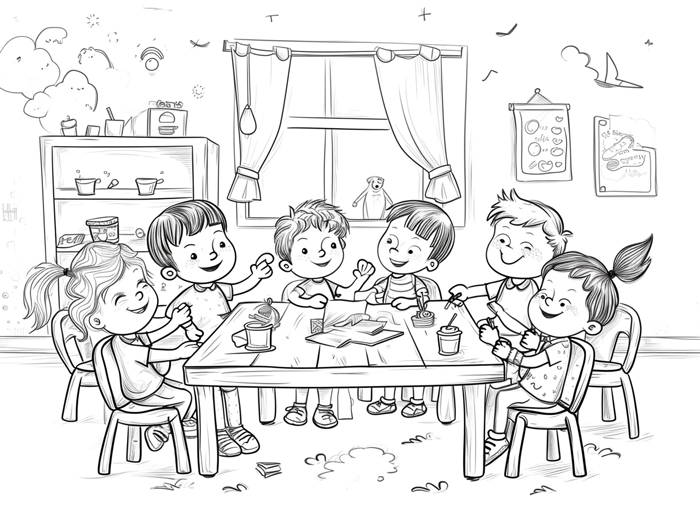
One effective method I’ve found is to start with what kids know and like. Objects and subjects that they’re familiar with provide an excellent starting point for learning and using adjective phrases. Here are some strategies I use:
- Begin with simple adjectives related to color, size, or shape. Words like “big,” “red,” or “round” are straightforward and can be easily understood and used by children.
- Encourage them to combine these adjectives with nouns they encounter every day, such as “big bus,” “red apple,” or “round ball.”
Through these exercises, my students learn not just the adjectives but how to place them in a phrase that enhances the noun.
I also like to incorporate sensory adjectives to develop their descriptive abilities. Adjectives that describe how something feels, smells, or sounds can make their phrases more dynamic. Phrases like “scratchy sweater,” “cinnamon-scented candle,” and “buzzing bee” leverage their sensory experiences, linking their environment with language learning.
Integrating adjective phrases into everyday conversations is another technique I find useful. When speaking with my students, I consciously model sentences with adjective phrases. For example, I might say, “Can you hand me that sparkling clean cup?” or “I just read a fascinating story about a courageous kitten.” This natural repetition helps children internalize the structure and use of these phrases.
Scaffolding their learning is essential. I provide ample opportunities for them to practice with lists, descriptions, and small narratives, gradually increasing the complexity as they become more confident. For instance, we might progress from “a sunny day” to “a bright, sunny day filled with laughter.”
Through these steps, my students’ writing and speech become more vivid and engaging. Their ability to describe their world grows, fueling their imagination and communication skills. The power of a well-placed adjective phrase in enriching language can’t be overstated, and the joy they find in mastering this skill is always a rewarding experience for both my young learners and me.
Conclusion
Mastering adjective phrases can transform the way kids express themselves, turning simple sentences into vivid narratives. I’ve shown you how starting with the basics and gradually introducing complexity can empower children to communicate more effectively. Remember, it’s about fostering a love for language that goes beyond the classroom. By weaving adjective phrases into daily conversations, we’re not just teaching grammar—we’re nurturing future storytellers. So let’s keep encouraging our young wordsmiths to explore and enjoy the richness of descriptive language.
